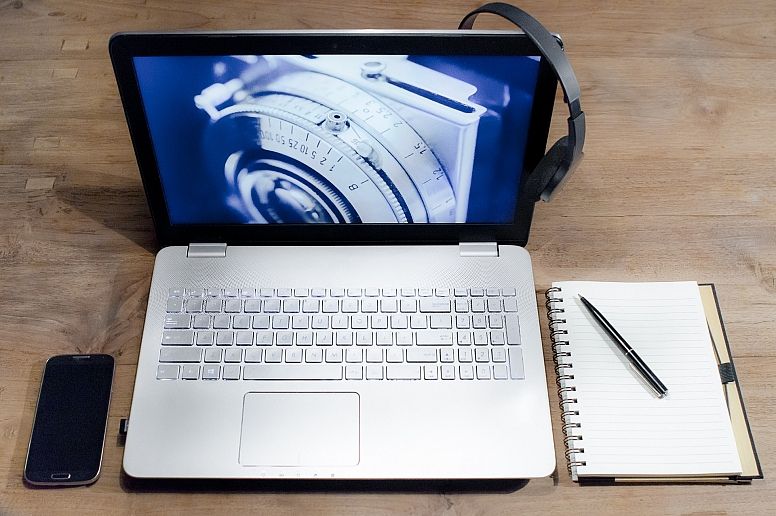
How Thinking Like a Graphic Designer Makes You a Better Photographer
As photographers, we’re always looking for new ways to hone our skills. Whether we’re figuring out how to use ambient light for portraits or improving our action photography, we are always mindful of the fact that being a good photographer involves constant learning and growth.
Picking up new skills and fine-tuning old ones demands openness to new ideas and a willingness to experiment. No matter your speciality - product photography, portraiture, or fine art - pushing your creative boundaries will always get better results.
One way to push your boundaries is to think like a graphic designer. Yes. That’s what we said. Now find out why.
Graphic Design Fundamentals
Being a graphic designer these days demands a huge range of skills and flexibility. Graphic design focuses on visuals and their practical uses in several different fields, including marketing, branding, logo design, covers of publications, advertisements, and websites.
Apart from working with images, graphic designers need to be competent in typography (combining text with design or making it visually pleasing) and have a thorough grasp of design principles. These include colour theory and the use of repetition, alignment, balance, contrast, and hierarchy, which combine to produce an appealing and well-structured design.
How Is This Relevant To Photography?
Graphic design principles and artistic processes might seem irrelevant to some photographers, but exploring these elements can enhance your photography skills. Learning more about any artistic field is always beneficial when it comes to deepening understanding and igniting creativity.
The Creative Process
Photographers don’t all use the same methods and the same holds for graphic designers. But mostly, designers use a basic structure to get from a concept to a finished product. A simple version of the design process could include:
1. Inspiration and idea generation - A designer will brainstorm ideas once they’ve received a brief. Designing a brochure, for example.
2. Research - Depending on the brief, it is necessary to read up on certain things. For example, designing a magazine cover requires a thorough knowledge of the publication’s content and style.
3. Evaluation - Sifting through ideas and rough drafts to identify the best ones.
4. Application - Creating the chosen design.
If you rarely follow a specific process in your photography, making use of this structure can help you work systematically - using a comprehensive set of steps to get the most out of shoots. Brainstorming ideas to prepare for a shoot means that you’re better prepared and have an image in mind when you begin.
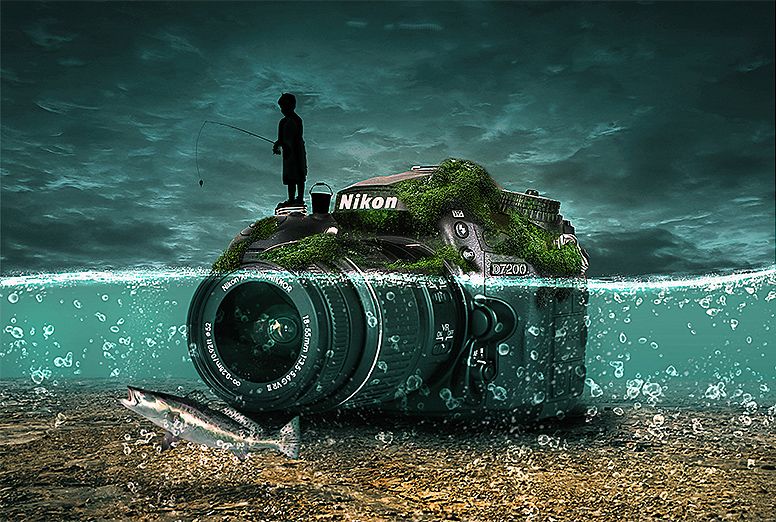
Likewise, doing your research in advance can inspire. If you’re shooting studio portraits, learning more about your subject/s can spark ideas. Knowing the background of a person can provide a sense of context and bring up themes or moods that could make the photos more interesting and give them more depth.
Evaluation And Selection - Before And During
The graphic designer’s process of evaluating their ideas and rough drafts is essential in getting to the final product. A designer might collaborate with a client at this point and would receive feedback to give them further direction.
When it comes to photography, the process can also involve a client, but evaluating your ideas and “rough drafts” should be done whether you’re working as an individual or collaboratively. As you’re shooting, it can become apparent that a certain angle just doesn’t look good. By reviewing your images as you progress, you can make decisions about where to focus.
Hard Skills
These days graphic designers do most of their work digitally. Planning and rough drafts can be done with pen and paper, of course, but digital tools have taken over when it comes to constructing the final product. Photographers, too, have moved into the digital realm in the past few decades.
While many people still enjoy shooting films, post-processing is almost always done using digital software such as Photoshop or Lightroom. Apart from understanding the workings of your camera, it is vital to understand the technical side of photo editing if you are serious about your work.
This is another area in which photographers can learn from their graphic design buddies. Designers are required to be proficient in software like Adobe InDesign, Illustrator, Photoshop, Affinity Designer, and Vectr (to name a few). This requires learning and practice, and a certain amount of trial and error. If you're looking for a photography job at the moment please check Jooble.
Photographers can sometimes get stuck in a rut when it comes to editing. They become familiar with one or two functions and rely on them for all their processing work. Approaching photo editing software like a graphic designer can make a huge difference in terms of understanding how to achieve the best effects possible.
Communication With Others
Graphic designers are required to interact with clients daily. Listening and communicating are vital to the creative process, as each design is essentially a collaboration between the client and the designer.
In photography, there isn’t necessarily that much emphasis on collaboration. But the ability to communicate is still paramount. To communicate with those you’re photographing, those buying your photos and services, and, most importantly, to communicate through your work.
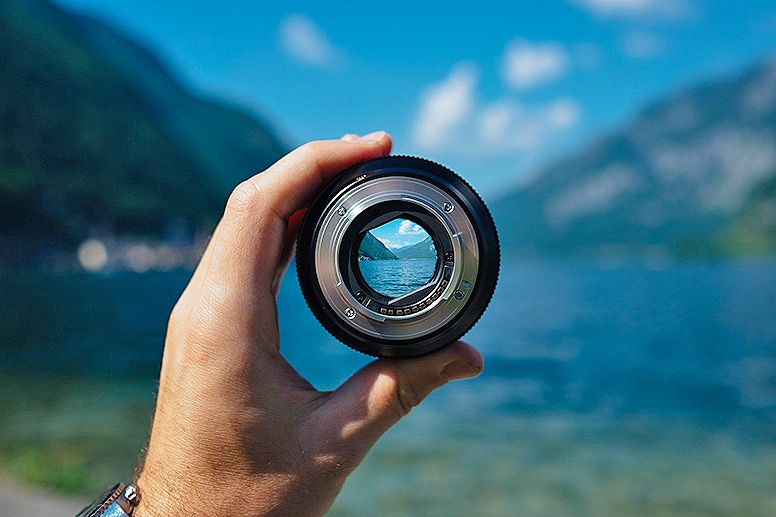
Communication Through Art
The ability to communicate through visuals is a vital part of graphic design. Whether they’re creating a website, brochure, or marketing material, designers are always conscious that their work needs to convey a specific message.
Photographers, on the other hand, can sometimes get stuck on the appearance of an image. And while pure aesthetics are critical, visual appeal can only go so far. If you as a photographer want to reach your audience on a deeper level, you need to go beyond “looking good” and push the boundaries.
Great photographs are those that demand interaction from viewers, whether they elicit feelings of pleasure, awe, or anger, the best photos never rely solely on perfect composition. Regardless of whether your work is showcased in an online portfolio or hanging in a gallery, it should immediately elicit a response from whoever views it.
Stepping Outside Your Comfort Zone
Taking a step outside the familiar realm of photography and exploring a designer’s way of thinking is something every photographer should try at least once.
Developing as an artist - in any creative field.




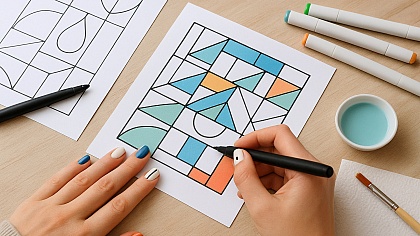








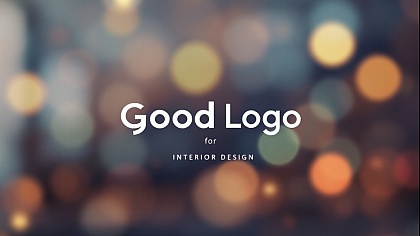

COMMENTS
Photography and graphic design intertwine to evoke emotion and tell compelling stories on the web. Explore the innovative synergy crafted by the best branding agencies in Las Vegas, where every pixel is meticulously curated to reflect brands' identities and aspirations.